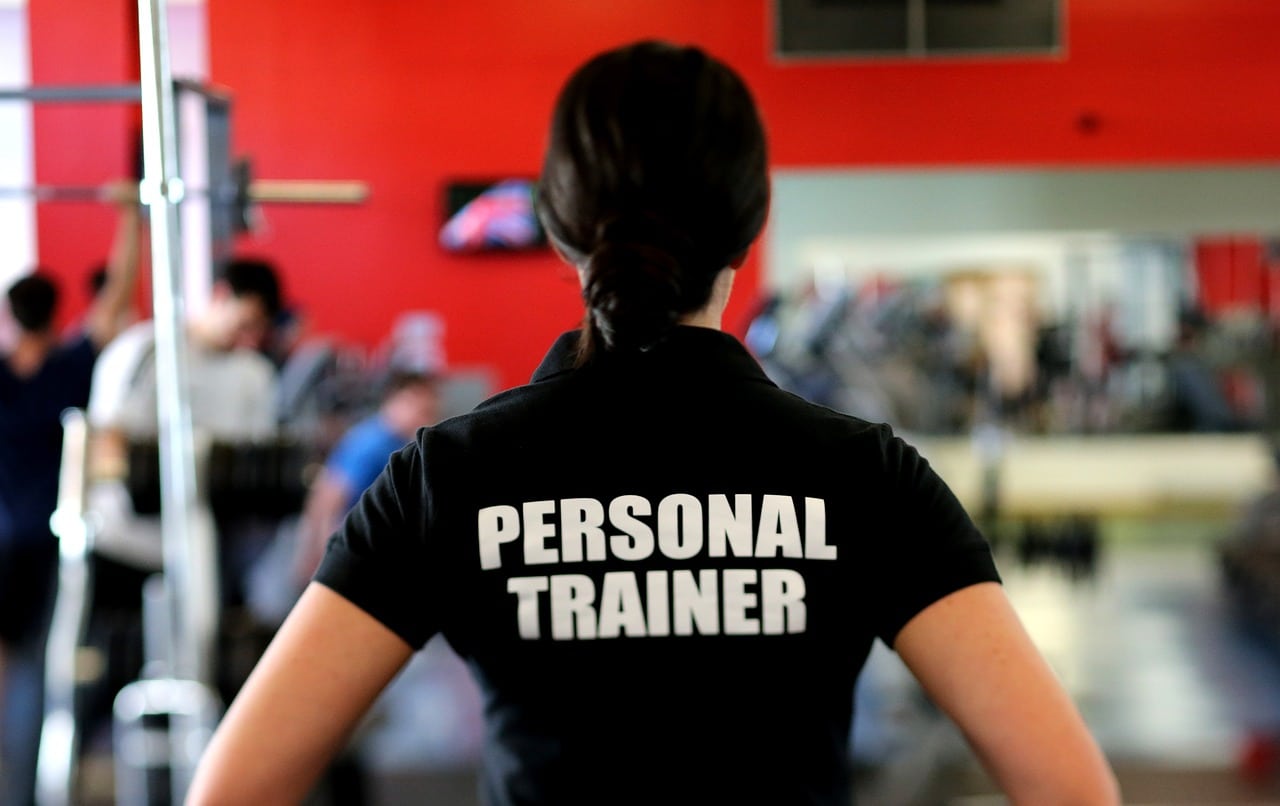At AFPA we truly believe that there is a science behind everything; especially when it comes to fitness, or more specifically, strength training. To get the most out of any workout you need to focus on form, posture and what each individual body can handle. If you’re looking to improve strength training for you or your client, than this post is for you! In today’s blog post we will delve a little deeper and look at 10 things you should avoid during your strength training workout.
We all want to succeed and achieve our goals, especially as trainers. So when it comes to strength training we want to be sure we are leading our clients in the right direction and preparing them for their own success. Today, let’s take a closer look.
10 things to avoid during a strength training workout
1. Neglecting the number of reps
The number of reps you perform and how many circuits you complete are very important when it comes to seeing results. 10-20 reps are typically average, depending on the weight and goals (power, strength and/or endurance) and you’ll want to perform 2-4 sets of each rep. If you neglect the number of reps, it may take you longer to see the results you’ve set out for.
Training Tip: When planning out your client’s workout routine, be sure to align with their current physical condition and what they can handle during a workout, in addition to their goals. Consider reps, weight, etc. for the best results and to avoid injury.
2. Doing too much too soon
Circling back to our first example, it’s important to perform several reps and sets, however doing too much too soon can increase your chances of an injury or long-term issues, such as, tendinitis. Your muscles need to have the chance to adapt to a workout, so if you’re new to the strength training scene altogether, make sure your training is at a beginner level and gradually increase intensity overtime.
Training Tip: Pay close attention to what your client can and can’t handle, it’s your job to make sure that they aren’t doing more than they can handle.
Learn How to Become a Certified Personal Trainer Online in Less Than 6 Months

3. Focusing on just one part of the body
Total body training is one of the most beneficial workouts you can incorporate into your routine. Focusing solely on one part of your body will increase your chances of having a strength imbalance; which increases your chances of an injury.
Training Tip: The solution is relatively simple, if your client is looking to improve their lower body through squats or lunges, incorporate an overhead dumbbell press into the move for a total body workout.
4. Skipping on stretching
Strength training has high impact on your body so it’s very important that you spend at least five minutes stretching before and after each workout for a total of ten minutes. Stretching is highly beneficial to your strength training schedule because it keeps your muscles flexible, which will prevent injury and help you recover faster after each training session.
Training Tip: Encourage your client to use a foam roller before each session and help them get a deeper stretch afterwards by assisting them with more complex stretches.
5. Skipping on water
Sports drinks are tempting and can give you a boost, but they are also high in sugar and calories. Stay hydrated with water before, during and after your workout for better results and performance.
Training Tip: If your client is in the middle of a high-intensity workout, such as sets of burpees or sprinting, then have water waiting for them once they finish. A career in personal training means establishing relationships with your client, so be sure that you support them during their hard work.
6. Pushing yourself too hard
Strength training can exhaust your body; so if you decide that today is a strength training day then take it easy on cardio and vice versa. When you push yourself too hard your body will exhaust itself, which of course, ultimately results in poor performance.
Training Tip: Mix it up! Variety is important for muscle building, endurance and keeping your client engaged and dedicated to their training schedule. If you have your client performing a strength training routine one day, have the next day dedicated to cardio.
7. Skipping your warm-up
Just like you need your coffee for that extra push in the morning, your body needs a warm-up before it can perform in the weight room. Skipping a warm-up can make you more prone to injury and set you back on your training. Incorporating just a short warm-up into each workout can increase circulation and prepare your body for the weight room.
Training Tip: Before you start training with your client have them hit a cardio machine of their choice for 5-10 minutes. After they complete their warm-up have them stretch for five minutes, which will also help to warm-up their muscles for a better performance and to avert injury.
8. Ignoring your form
Not only does proper form provide better results for your body but it also prevents potential injury. When people are on their own they are more likely to ignore their form. As a trainer, it’s your responsibility to be sure that they are in proper form before starting each routine.
Training Tip: Have your client practice proper form; soon enough it will become natural. If they’re training outside of your gym then this will be a good skill that they will need to avoid injury and keep them healthy and active when you are in session.
9. Ignoring your body
Pay attention to what your body tells you during strength training. When you tune into your body you’ll notice if anything feels off (if it doesn’t feel right, it probably isn’t), or if a workout is too much for your body altogether. This will help you to prevent injury and know when it’s time to switch up your workout to something more or less advanced.
Training Tip: Have your client pay attention to their body, is it arching incorrectly? Do they feel abnormal pain? Do they feel dizzy? If your client feels any of these symptoms during training discuss different options for training. If it’s form-related, demonstrate the proper form and have them practice using the correct form.
10. Forgetting to rest
Strength training puts a lot on your body, so be sure to rest in between intense sessions. Also, if you’re pushing your body too hard to workout the next day, then you may be working your body too hard. Be sure to circle back to tip 9 for a refresher on ‘tuning into your body.’
Training Tip: Mix up different workouts so your client isn’t working the same muscles every session. Also make sure you have them start small and work their way up to more advanced training.
We hope you enjoyed today’s post! Are you interested in becoming a certified strength trainer? At AFPA we offer a Strength Training Certification course! Our course is tailored to give you an in-depth look at strength training; including safe and effective programs, strength and conditioning programs and much more!




